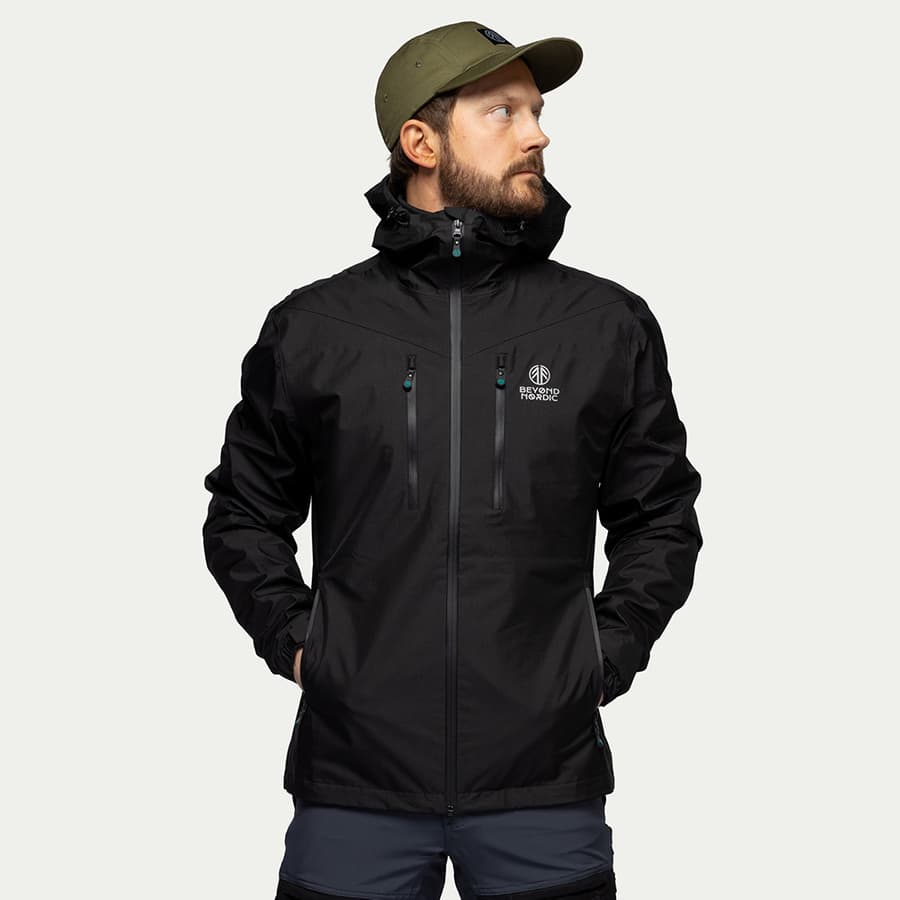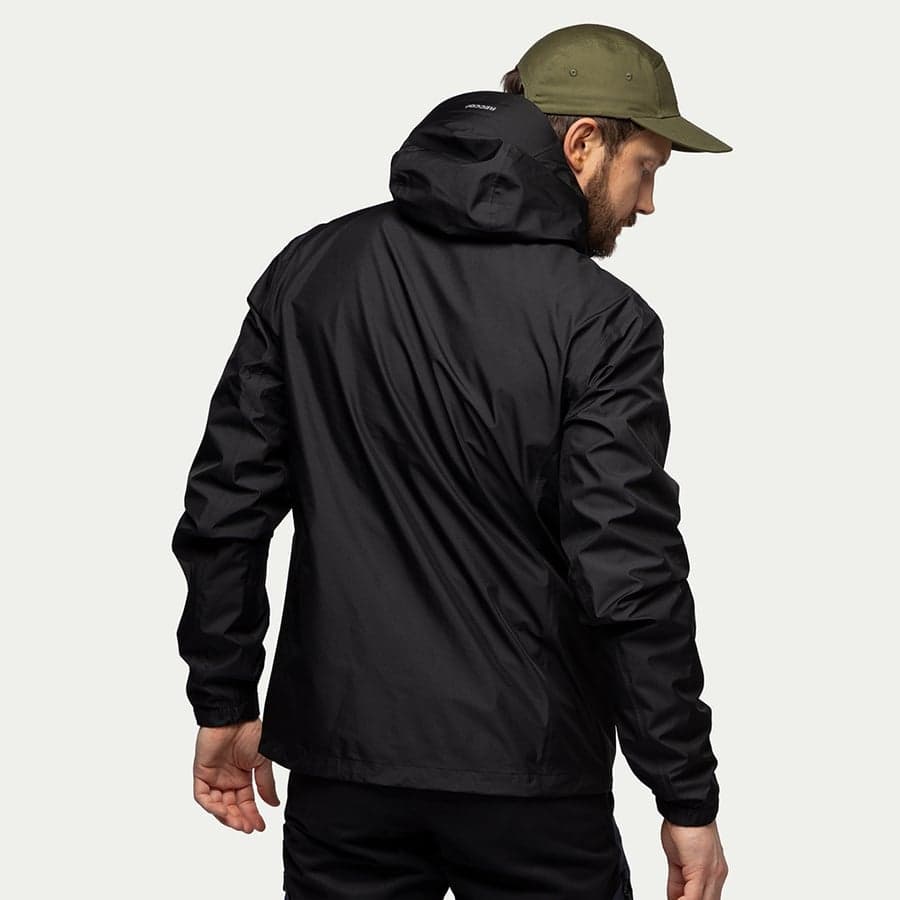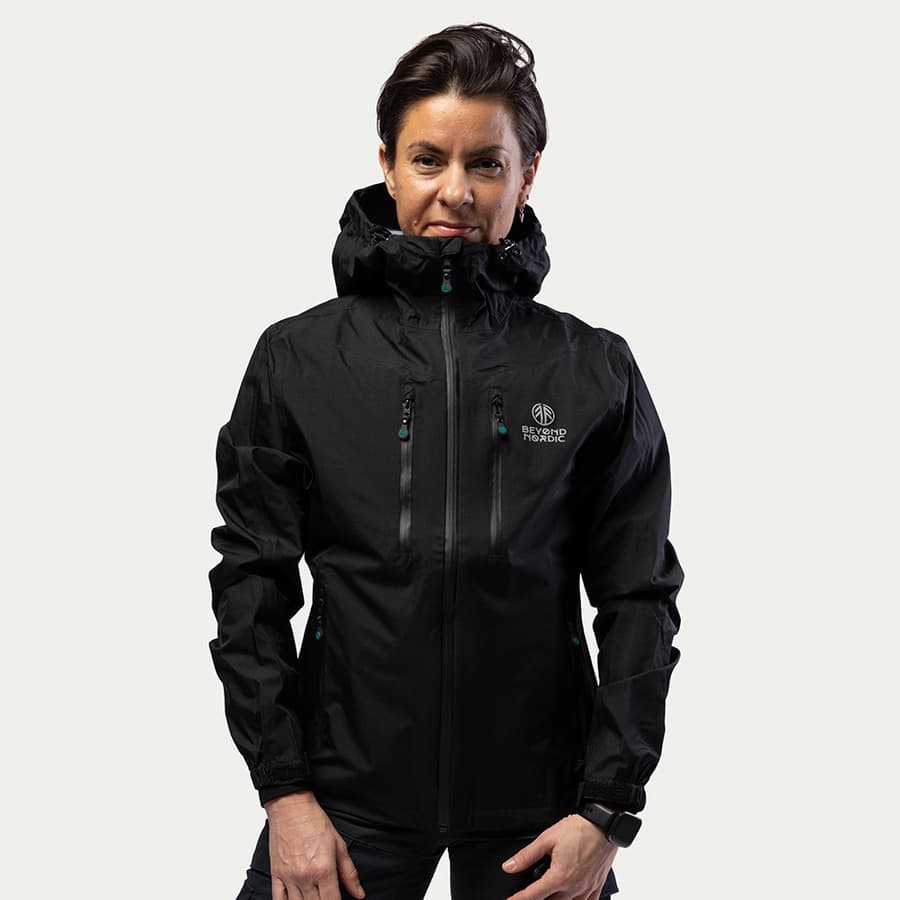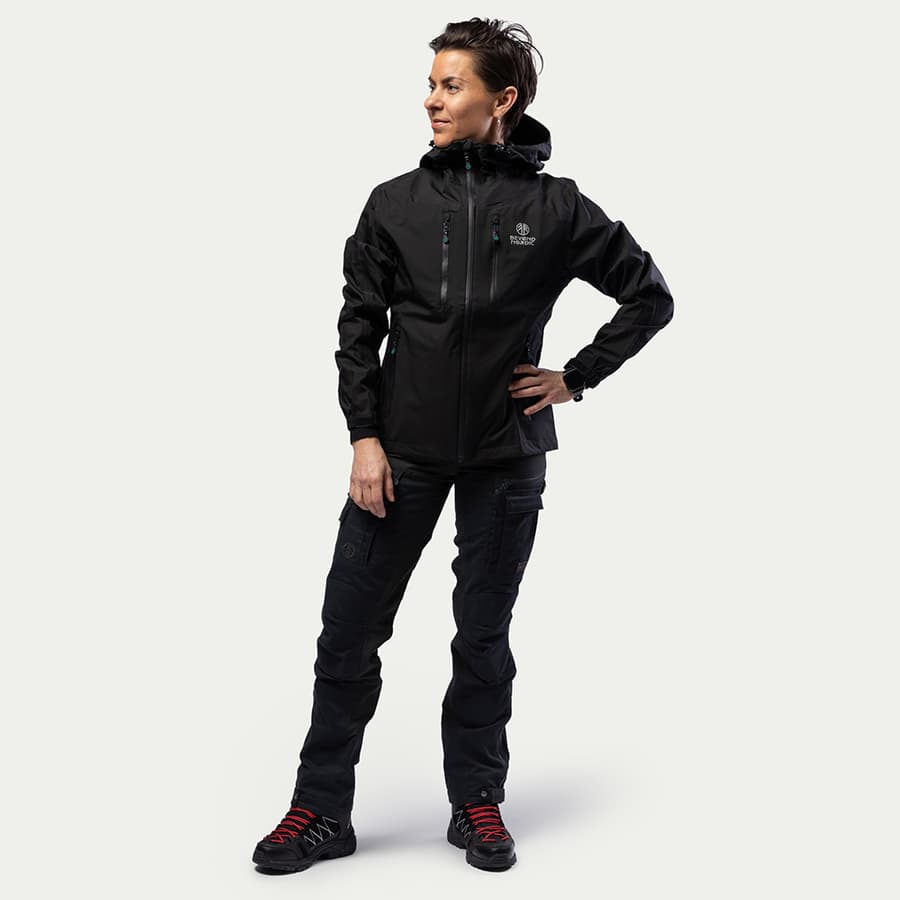The Importance of Waterproofing & Breathability in Outdoor Clothing
Outdoor adventures demand gear that can withstand unpredictable conditions, from torrential rain to heavy snowstorms. That's where the dual importance of waterproofing and breathability in outdoor clothing comes into play. These features ensure you stay dry, comfortable, and safe while exploring the great outdoors.
What is Waterproofing and How is It Measured?
Waterproofing refers to the ability of a fabric to resist the penetration of water. It's a crucial feature in outdoor gear since getting wet in harsh weather conditions can lead to hypothermia and discomfort. Waterproof ratings are typically expressed in millimeters (mm), but what does this mean? The answer lies in the hydrostatic head test, which measures the height of a column of water that a fabric can withstand before it begins to leak, more about this in a moment. First here’s a quick rundown of what these numbers mean in real-world terms:
Waterproof Ratings:
- Below 5,000mm: Ideal for light showers or drizzle. Generally, low end gear and lightweight jackets fit into this range.
- 5,000mm – 10,000mm: Suitable for casual use like skiing or hiking in fair weather, but won’t hold up in heavy rain or extreme conditions.
- 10,000mm – 15,000mm: Common in standard outdoor jackets, offering reliable protection against moderate rain or snow.
- 15,000mm – 20,000mm: Great for all-weather outdoor activities, from skiing to hiking in heavy snow or rain.
- 25,000mm and above: For extreme conditions, where keeping dry is a matter of safety. This level of waterproofing ensures you stay dry even in the harshest environments.
How is Waterproofing Tested?
The hydrostatic head test is used to determine the waterproof rating of fabric. During the test, a sample of fabric is placed under a column of water, and the height of the water column is gradually increased. When the water starts to penetrate the fabric due to the pressure, a rating is determined by the height at which the leak begins. This provides an accurate measure of how much water pressure the material can withstand before it starts to let moisture through.
Why Waterproofing is Vital in Outdoor Clothing?
Waterproofing in outdoor clothing is essential because water conducts heat away from the body faster than air. In other words, when you get wet, you lose body heat quickly, which can lead to discomfort or even life-threatening hypothermia in cold environments. For this reason, effective waterproofing in jackets, pants, and outer layers is a must for anyone heading into the backcountry or engaging in any outdoor activity in unpredictable weather.
Breathability: The Other Half of the Equation
While waterproofing keeps rain and snow at bay, breathability ensures that the moisture produced by your body during physical exertion doesn’t get trapped inside your clothing. Breathable fabrics allow water vapour from sweat to escape, preventing you from feeling damp and clammy during intense activity. This is particularly important for outdoor activities like hiking, skiing, or biking, where you may sweat even in cold conditions.
Breathability is measured in grams per square meter per 24 hours (g/m²/24hrs). This measures how much moisture can pass through a square meter of fabric in 24 hours. Higher ratings indicate better breathability.
Breathability Ratings:
- Below 10,000 g/m²/24hrs: Often found in lower-end gear, offering limited breathability.
- 10,000 g/m² -20,000g/m²/24hrs: Standard for most outdoor gear, providing decent breathability.
- 20,000 g/m² – 30,000 g/m²/24hrs: Ideal for performance-oriented clothing, keeping you dry even during high-output activities.
- Above 30,000 g/m²/24hrs: Top-tier breathability, suitable for high-performance sports where extreme comfort is required.
How is Breathability Tested?
Breathability can be measured using a number of methods. Tests are carried out to see how much water vapour is passed through a fabric, the amount of vapour that passes through is measured to determine how breathable the fabric is. Some examples of the tests carried out are:
The Upright Cup Test
In this test, a cup is filled with calcium chloride, the piece of fabric to be tested is then placed over the top to cover it. The fabric is exposed to the surrounding air, and over a determined amount of time moisture is absorbed into the cup. The amount of moisture absorbed into the cup is measured by weighing it. The weight of the absorbed moisture is then used to determine the fabric’s breathability. The higher the measurement, the more water vapour the fabric allows to pass through, indicating greater breathability. The result is presented as a grams per square meter per 24 hours (g/m²/24hr) figure.
The Inverted Cup Test
For this test, potassium acetate is placed inside a cup, the fabric being tested is then positioned over the cup, and the entire setup is inverted and submerged in a container of water. After a specified period, the cup is removed and weighed to determine how much water has been drawn into it. Based on the time and the weight of the moisture, a value is calculated and expressed in grams per square meter per 24 hours (g/m²/24hr).
How Waterproofing and Breathability Work Together
At first glance, waterproofing and breathability might seem like opposite qualities, but in high-performance outdoor clothing, they work together seamlessly. Waterproofing protects you from the elements, while breathability ensures that your body heat and moisture are properly managed.
When hiking or skiing, you may feel warm from physical activity, and moisture from sweat can build up. If your clothing is too waterproof but not breathable, this moisture will stay trapped inside, making you uncomfortable. Conversely, clothing that is breathable but not waterproof will let water in, leading to wet, cold conditions.
The key is finding a balance. Outdoor jackets and gear typically feature a waterproof membrane with a breathable layer. Modern advancements in fabric technology, such as Gore-Tex or other high-performance membranes, are designed to offer both waterproofing and breathability, keeping you dry inside and out.
What is DWR and does it affect how waterproof your garment is?
DWR (Durable Water Repellent) is a chemical treatment applied to the outer layer of fabric. On a molecular level, DWR makes the fabric surface slippery, reducing friction and preventing water from adhering to it. When this treatment is applied to a jacket's fabric, it helps water bead up and roll off, rather than soaking into the material. This effect is similar to how water droplets behave on a non-stick pan, where the surface tension causes them to form beads and slide off.
Although DWR doesn't increase the fabric's waterproof rating, it serves an important role in repelling water. By preventing excess moisture from reaching the fabric’s membrane, it allows the jacket to stay dry longer. In short, while DWR doesn’t make the jacket more waterproof, it helps keep you dry by giving the membrane more time to work effectively.
Note that the DWR treatment on your garment needs to be maintained as over time the treatment will fade and no longer be as affective.
Conclusion
Whether you’re trekking through the mountains or skiing in a snowstorm, the combination of waterproofing and breathability in outdoor clothing is essential for your comfort and safety. Waterproof fabrics keep you dry and protect against the harshest weather conditions, while breathable fabrics allow sweat to escape, preventing that cold, clammy feeling. When choosing outdoor gear, it’s important to consider both features to ensure that your clothing can handle whatever nature throws your way.
By understanding the science behind waterproofing and breathability, you can make informed choices about the gear that will best suit your outdoor adventures. Stay dry, stay comfortable, and most importantly, stay safe in the wild.
Shell Jackets
Sign up for our newsletter and get 10% off your first order*
*Excluding campaigns, bundles and other offers
INFORMATION
CUSTOMER SERVICE
SHOP
© Beyond Nordic















